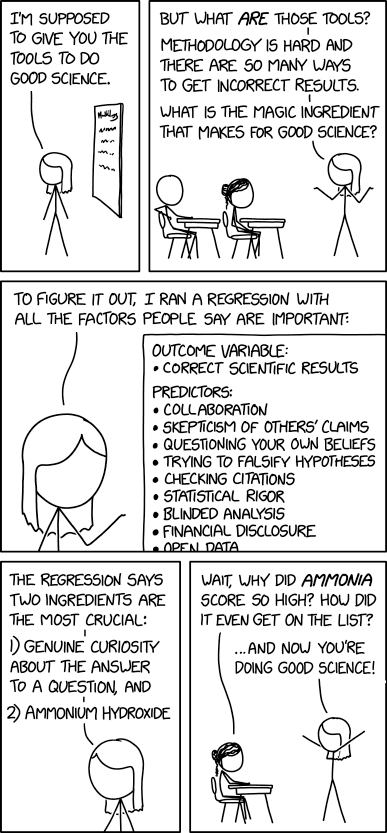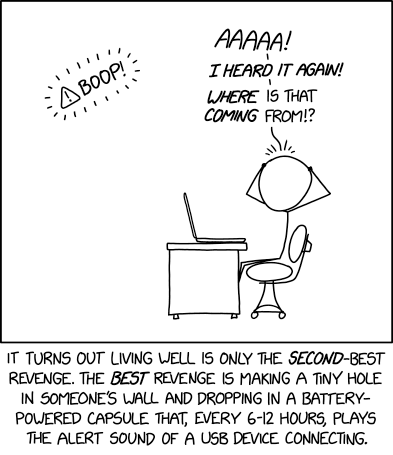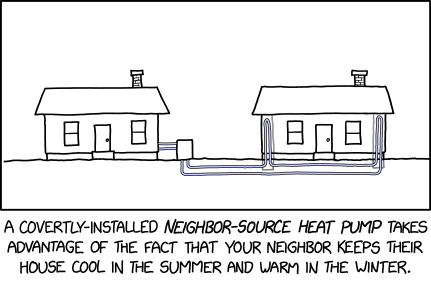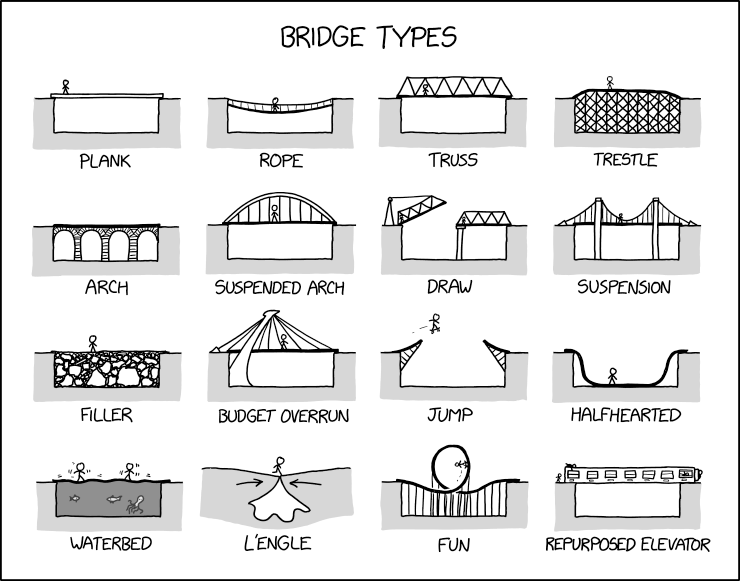
Your neighbor is eating you, bit by bit. He’s strong and you’re weak, so if you protest too much against his occasional nibbling, he might just swallow you whole instead. Your best option is to play dead, hoping the cannibal next door loses his appetite before he reaches any of your vital organs.
That, in a nutshell, is the decades-long cat-and-mouse game between China (population 1.4 billion) and the tiny Himalayan kingdom of Bhutan (population 800,000) over their 300-mile (480-kilometer) common border, which snakes across inhospitable mountains and isolated valleys on the roof of the world. China is the casually cruel cat; Bhutan is the powerless, terrified mouse.
Gray zone warfare
Out of all 14 countries that share a land border with China, Bhutan is the only one where there is no officially agreed-upon (demarcated) boundary at all. The absence of a border treaty leaves the door open for what some analysts call China’s “gray zone warfare”: civilian intrusions and military patrols, territorial claims and outright annexations, and the construction of army outposts and even entire villages, on what is internationally recognized as Bhutanese land.
This map shows all the areas inside Bhutan that China has claimed and/or occupied, amounting to about 12% of the small country’s total territory.
To add insult to injury, it’s not even Bhutan itself that China is after, but the embattled monarchy’s other powerful neighbor, India. By annexing strategic parts of Bhutan, China wants to place its foot firmly on India’s so-called “Chicken’s Neck” — the narrow Siliguri Corridor that connects the main body of India with the isolated states in its northeast, known as the Seven Sisters.

Bhutan’s trouble starts in 1951, when China annexes that other, much larger Himalayan monarchy, Tibet. China inherits Tibet’s historical claims over and fuzzy border with Bhutan, but the communists in Beijing pursue the matter more aggressively than the Tibetan Buddhist government in Lhasa ever did — initially even denying Bhutan’s right to independence.
In the 1950s, China begins claiming three specific areas in Bhutan: Pasamlung and Jakarlung in the northern region of Beyul Khenpajong (an area rich with temples and monasteries with special significance for the Bhutanese), and Doklam in the west.
Diplomatic niceties
From the 1980s onward, the northern claims expand to include the Menchuma Valley — even though official Chinese maps show this area as part of Bhutan into the early 1990s.
Alarmed by Chinese encroachment, Bhutan starts talks in 1984 with its giant neighbor to settle the border issue once and for all. More than four decades and two dozen rounds of talks later, there still isn’t a deal.
That may be evidence of China’s two-pronged approach: speak softly (and slowly) and wield a big stick. As diplomatic niceties continue, Beijing continues to escalate “facts on the ground.”
In 1988, China seizes control over much of Doklam, an area ceded to Bhutan in 1913 by the 13th Dalai Lama of Tibet. Despite its relatively small size (34 square miles, or 89 km², which is roughly half the area of Washington, D.C.), this is the main object of China’s territorial ambitions in Bhutan.
Possession of the Doklam Plateau, in particular of its southern ridge called Zompelri, would offer China the high ground overlooking the Chicken’s Neck, where just 12 miles (20 km) of India separates Nepal from Bangladesh. In a future conflict with India, that position would give China a critical terrain advantage over its regional archrival.
In 1990 and again in 1996, India pressures Bhutan to decline a Chinese ‘package deal’, whereby Beijing would drop its claims to 191 square miles (495 km²) in Bhutan’s northeast, an area of little strategic importance, in exchange for the cession to China of 114 square miles (269 km²) in the country’s west, from Doklam up to Dramanong and Shakhatoe.

Unable to reach a deal, China and Bhutan instead sign a Peace and Tranquility in 1998 agreement to maintain stability and respect the status quo.
Except that is not what happens. From 2000 onward, Beijing employs a six-stage strategy to increase its presence in Bhutan, still with the ultimate aim of annexing Doklam.
“Cartographic error”
First, bring in local Tibetan herders to graze their flocks inside Bhutan and displace local pastoralists. Then, establish shelters for these herders in the contested zones, followed by military patrols to protect the herders, and military outposts to house the soldiers. Then, build roads to connect these outposts back to Tibet. And finally, establish permanent settlements and villages in the disputed areas.
Using these tactics, Beijing occupies the Menchuma Valley in Bhutan’s north. Bhutan puts up no resistance and further bends to China’s will by giving up its claim to Kula Khari in 2006, attributing its earlier claim to a “cartographic error.”
The settlements that China starts building inside Bhutan in 2016 are small to begin with, but they grow, both in number and size. A 2024 report confirms 19 villages and three settlements, totaling around 750 residential blocks, able to house close to 7,000 people.
Eight of these settlements are in Doklam, 14 in the northeast. Many are built at high altitude. The highest, Menchuma, is at 4,670 m (around 15,300 ft), which is higher than the summit of Mount Whitney in California’s Sierra Nevada range, the highest point in the contiguous U.S.
In 2020, China ups the pressure by staking a claim to Sakteng, in eastern Bhutan. While the claim is not backed up by actual incursions or occupation, it adds to the pressure on the Bhutanese government.
After years of delay, China and Bhutan in 2021 agree on a Three-Step Roadmap to expedite border negotiations. Despite this, China continues building and expanding its settlements.

Bhutan is between a rock and a hard place. Unable to resist Chinese encroachment, it is also incapable of reneging on its agreements with India. An Indo-Bhutanese treaty of 2007 obliges both countries “not to allow the use of their territory for activities harmful to the national security and interest of the other.”
In plain English: If Bhutan gives Doklam to China, it’s war. Time and again, New Delhi demonstrates that it is not messing about.
A 72-day standoff
Indian pressure has kept Bhutan from establishing formal diplomatic ties with China. In 2013, India suspends its subsidies on cooking gas and kerosene for Bhutan, signaling its displeasure at warming ties between Bhutan and China, following a meeting of their prime ministers.
In 2017, when China attempts to extend a road southward toward Zompelri, India sends troops into Bhutan to halt construction. Following a 72-day standoff, both countries withdraw their forces. Bhutan remains ambiguous about whether it invited in the Indian army, reflecting its delicate balancing act.
Since bullying its small neighbor comes at little cost, China will probably continue its dual approach: maintain a friendly diplomatic façade while ratcheting up pressure on the ground. The ultimate goal remains getting Bhutan to officially give up Doklam, as the local plateau gives China a strategic advantage over India. However, Bhutan’s treaties with India prevent it from ceding Doklam without India’s consent. And that is unlikely to ever happen.
Bhutan’s 8,000-strong army is no match for China’s People’s Liberation Army, with its 2.55 million service personnel being the third-largest employer in the world (behind the Indian and U.S. military, and just ahead of Walmart). Leaning on India for more active military support risks inviting the regional war that most would like to avoid.
Without a solution in sight, China’s pressure continues, and Bhutan’s options diminish. It is already highly probable that a deal, should one ever be reached, will no longer involve China handing back all the territories in Bhutan’s northeast, as permanent settlements have now been constructed there. The only bartering material may be those areas China has claimed but not yet permanently settled, such as Upper Langmarpo, the Charitang chu and Yak chu Valleys, and Chagdzom, a total of around 166 square miles (430 km²).

The longer a border deal is delayed, the more terrain Bhutan may lose. However, it has few options other than to grin and bear the encroachment.
Red light, green light
China’s “gray zone warfare” in Bhutan is not without precedent. It shows some resemblance to its tactics of establishing facts on the ground on the islets and reefs of the South China Sea. And it will sound familiar to those inhabitants of the Caucasian republic of Georgia who live close to Russian-occupied South Ossetia. In a geopolitical version of Red Light, Green Light that is called ‘borderization’, enemy forces move border posts closer to Georgian farms and villages whenever the locals turn their backs.
Perhaps the best-known example of creeping annexation is the Jewish settlements in the Israeli-occupied West Bank, which pop up and expand in contravention of international law.
In a world that is fast becoming more chaotic, “borderization” could turn out to be an increasingly common tactic for strong countries to subjugate smaller neighbors. Which raises the question: Is your country a cat or a mouse?
Strange Maps #1274
Got a strange map? Let me know at strangemaps@gmail.com.
Follow Strange Maps on X and Facebook.
This article Why China is eating its tiny neighbor, Bhutan is featured on Big Think.
![[desperately] Maybe this is from some country where they use commas as decimal points, and also as digit separators after the decimal, and also use random other characters for decoration??? [desperately] Maybe this is from some country where they use commas as decimal points, and also as digit separators after the decimal, and also use random other characters for decoration???](https://imgs.xkcd.com/comics/reading_a_big_number.png)





